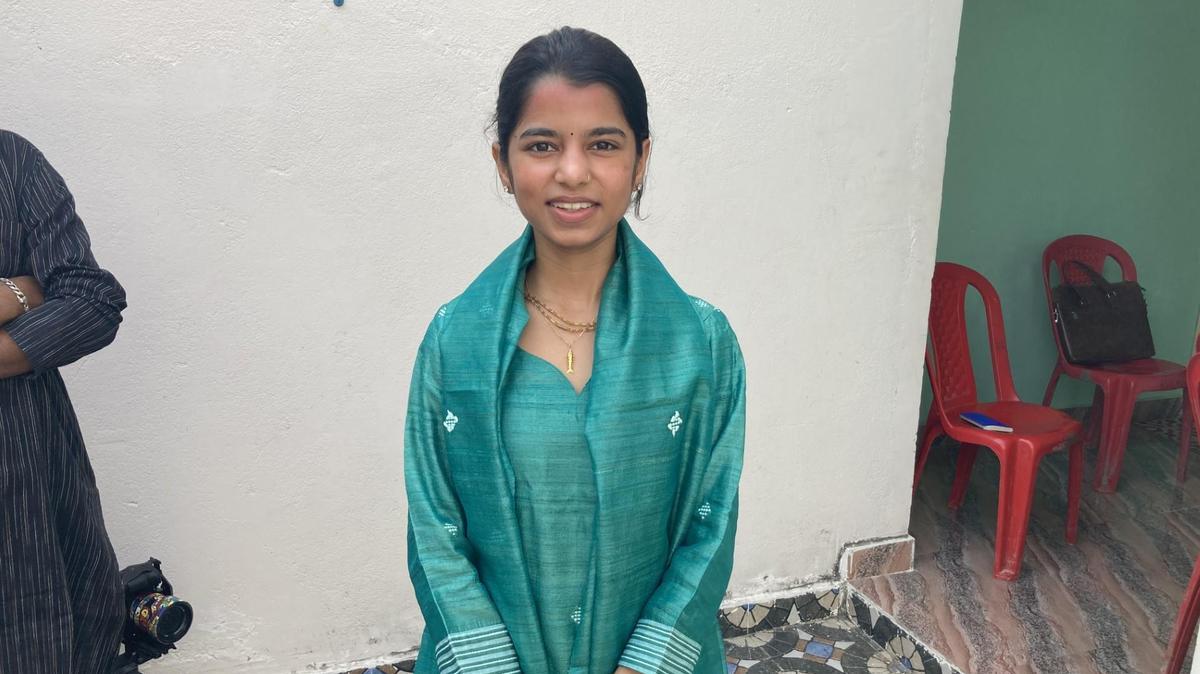There has been a lot of talk about India’s total fertility rate (TFR), which stood at 1.9 in 2023, a slight dip from 2.0 in 2021 and 2022. Some people worry that reduced fertility rates will eventually cause economic instability and lead to an increasingly ageing population.
Last month, in The Hindu’s In Focus podcast, Sonalde Desai, a professor and demographer, addressed this concern. She said to Zubeda Hamid that the numbers do not indicate that the population is either stabilising or declining in the immediate future and that it will continue to grow for another 25 years or so. “Ultimately, however, it would indicate a population stabilisation should we stay at this particular total fertility rate,” she said.
Last week, Anish Gupta and Shubham Sharma wrote in a data story that there are, in fact, limitations in the way TFR is calculated. One limitation they pointed out is called the tempo effect, which refers to “changes in the timing of childbearing, not necessarily reduction in the number of births.” They explained that in the current manner in which TFR is calculated, “the fertility of women who delay childbirth is effectively ‘missed’ even though they may have the same number of children later.” So, that too puts at rest some of that worry about reducing fertility rates.
These are illuminating discussions on fertility rates, but there is another problem in India that is spoken of more rarely, and that is of growing infertility. Sonalde touched upon it briefly in the podcast, pointing out that “we have been so preoccupied with reducing fertility that we have not paid enough attention to people who have difficulty conceiving or carrying a child to term.”
These days, women above the age of 35 are warned by doctors and older adults that their “biological clock is ticking”. While some women are sure that they want to become mothers, others are not as certain. They worry about many things: whether they have the ‘maternal instinct’, whether having a child may affect their professional growth, whether they have the finances required to raise children, or some or all of the above. So, many women postpone making that decision, as Anish and Shubham said.
Unfortunately, buying time only complicates matters. With age, both women and men start struggling with fertility issues. For women, these may include damaged fallopian tubes, uterine fibroids and poylps, or endometriosis. Some of these conditions can be treated, but they cost a lot of money and take time.
One of the leading causes of infertility among women is Polycystic Ovarian Syndrome (PCOS). In this article, doctors told Shrabana Chatterjee that this has now become a “crisis” in India, with over 50% of young women suffering from it. Doctors have recently found that diminished ovarian reserve — when a woman has fewer eggs in her ovaries compared to what is considered normal for that age group — is an increasing concern as well.
These issues can affect women both physically and mentally. PCOS, for instance, can cause acne, excessive body hair growth, and weight gain; endometriosis can cause chronic back pain, very painful periods, and fatigue. For women who want to have children, these conditions can cause infertility issues, which can lead to depression, as this article noted.
In India especially, where marriage is closely linked to the expectation of having children, fertility is equated with making a family complete. This is why when fertility rates fall, there is panic about changing family structures.
Conversely, infertility can often be viewed as a personal failure, both for women and men, and conversations about it are far fewer. While things are slowly changing, especially on social media, the focus remains on solutions, rather than on the realities of the struggles involved. This needs to change.
Toolkit
Ghatam player Sumana Chandrashekar has brought out a book, My Journey with the Ghatam: Song of the Clay Pot (Speaking Tiger). Deepa Ganesh writes that the book, “pushes the boundaries of autobiographical writing.” Apart from her experiences with the instrument, Sumana interrogates the broader structures — social, gendered, and political — that have shaped ghatam’s place within Indian classical music traditions.
Wordsworth
Domestic worker: This refers to any person engaged in domestic work within an employment relationship, according to the International Labour Organization. India is estimated to have 4 million-90 million domestic workers and a majority of them are women and girls. Domestic workers often face segregationist practices, receive minimum wages or less, work long hours, and seldom get leave. In this piece, Priti Narayan and Geetha R. advocate for a law to protect domestic workers.
Ouch!
There are maternity leaves, right? Till the last date she wants salary and the extras, but can’t come to the meeting as soon as you ask for some work. Pregnancy is an excuse, one should feel ashamed. Every time it’s the same excuse. ‘I’m pregnant, I’m going to the doctor’.
Congress MLA Shivaganga Basavaraj on a forest range officer, Shweta, who did not attend a work meeting
People we met

Maithili Thakur
| Photo Credit:
Amarnath Tewary
Maithili Thakur is one of the youngest candidates in the Bihar elections. The 25-year-old has been chosen by the BJP to contest the Assembly elections from Alinagar constituency in Darbhanga district. Maithili, a singer, said, “Since several top BJP leaders have earlier invited me to sing folk and devotional songs in the party’s cultural events, I used to know them personally and when they offered me the party ticket, I couldn’t resist.” She said her priorities, if elected as MLA, would be “to introduce Mithila painting as extra-curricular activities in schools and also do something better for education, especially for girl children, and employment for jobless youths.” Read Amarnath Tewary’s piece here.
Published – October 26, 2025 09:34 am IST

